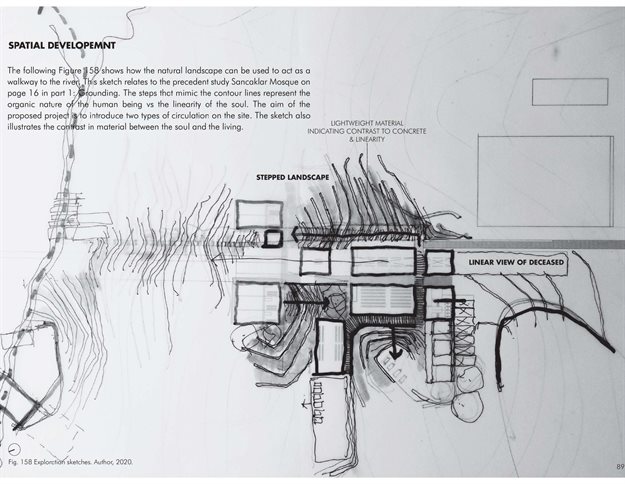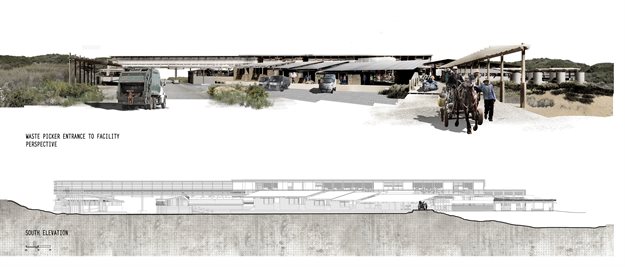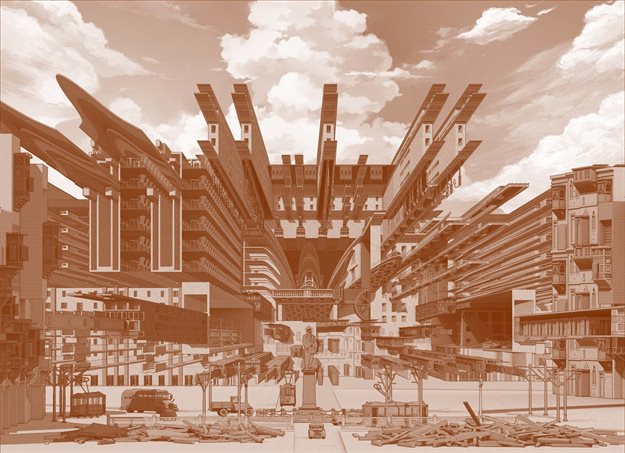
Top stories


Marketing & MediaCammy Msimango on finding her footing in South Africa’s fast-moving digital newsroom
Esther Tomorrow, MDNTV 19 hours




More news



Nicki Vollmer, University of the Free State
Entitled "The Last Sacrifice", Nicki Vollmer explains that the project is an investigation of the complexity of the Hindu religion and its beliefs towards death and our existence on earth and beyond.

The lack of available burial ground in South Africa emphasises the need for alternative burial methods. Due to Nicki’s personal interest in the Hindu religion, she opted to focus her thesis on Hindu cremation traditions so as to encourage the public to consider cremation as a meaningful and honourable burial method.
Blake Smit's project focused on waste pickers, a group of individuals largely unacknowledged within the circular waste economy. He looked at creating a dignified place for these individuals to recycle waste within the harsh landscape of the Arlington landfill in Port Elizabeth.

It incorporated waste building material and building rubble in the form of reclaimed brick and clay products, which were used in unique ways within the design process.
Decolonising architecture with a hybrid theory of image, culture and space through the design of a land redistribution hub in Tshwane proved a winning theme for student Tlhologello Sesana.

Entitled "A Revolution", the idea was born of a desire to narrate a forgotten African history and suppressed African ability. “As a result, in conceptualising my thesis, I treated land as a standing witness to the evolution and aggregation of history, with the result that 90% of the proposal is below the ground so as to remember the past through the surviving layers of earth,” explains Tlhologello.
Kamal Ranchod's final-year thesis entitled "Hyperreal Perspicuities: Multi-narrative reconstructions of modern Egypt" investigates drawing as representation and develops prototypes in the form of drawings, instruments and immersive videos. These prototypes develop modes of representation that subvert linear viewpoints and illustrate the multiplicity of narratives embedded within space, explains Kamal.

Focusing on modern Egypt between 1827 and 1952, the project uses drawing to construct “the hidden hauntings of colonialism and modernisation across three main historical events”, namely the Battle of Navarino, the Bombardment of Alexandria and the 1952 Cairo Fire.
Hashim Tarmahomed's project emphasises the significance of earth for dispossessed communities at the Avalon Cemetery.
“My project examined the site through an archaeological lens, reading the social relations of displacement, dispossession, erasure and marginalisation embedded in the landscape, and rewriting a set of spatial relations onto it. As a project that emphasises the significance of earth for dispossessed communities in the act of burial, clay brick was used as a primary building material,” explains Hashim Tarmahomed.

Avalon Cemetery is a buffer zone between the townships of Soweto, Lenasia and Eldorado Park, where the non-European community of Johannesburg, dissected into Black African, Indian and Coloured, was displaced to respectively. “Not only is this terrain a common space of death, it is also the generator of political agency and cultural presence,” notes Hashim.
The Covid-19 pandemic has meant that all regional and national events have had to be held remotely. “Despite the challenges posed," said Corobrik marketing support manager Thilo Sidambaram, "the country’s architectural students have still managed to excel, and Corobrik is proud to continue to support our universities during this difficult period.”